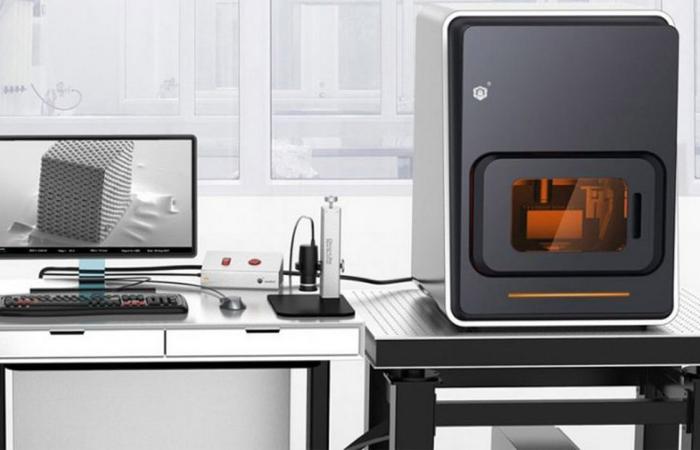Nottingham University researchers have found a way to tailor artificial body parts with better shape and durability, writes Dr Miriam Stoppard

An artificial body part, such as an arm, hand, finger or foot, has to be practical, precise and bespoke.
In the past they were often none of these things, but Nottingham University researchers have hit on a way to tailor devices with better shape and durability, plus superior function.
The bonus is they lower the risk of infection as well.
Most prostheses simply can’t do that and current 3D printing has design limitations so cannot produce a bespoke device with multiple biological or mechanical functions.
“But”, says Dr Yinfeng He, project leader, “for the first time, using a computer-aided, multi-material 3D-print technique, we demonstrate it is possible to combine complex functions within one customised healthcare device”.
They’re aiming high and hoping to 3D-print any medical device that needs individual shapes and functions.
What do think? Have your say in the comment section below...
The example they give is the creation of a one-piece prosthetic limb or joint to replace a lost finger or leg that can fit the patient perfectly.
This would improve comfort and the prosthetic’s durability. Or most impressive, to print customised pills containing multiple drugs – known as polypills – optimised to release into the body in a pre-designed therapeutic sequence.
Meanwhile, the ageing population is growing, which means higher demand for medical devices in the future. There’s a good business case for these devices to improve the health and wellbeing of older people and ease the financial burden on governments.
For this project the researchers used a computer algorithm to design and manufacture 3D-print objects made of two materials of differing stiffness to optimise rigidity, and they were able to make custom-shaped parts with the required flexibility and strength.
Get all the latest news straight to your inbox. Sign up to one of the Mirror's newsletters
At present artificial finger joint replacements use both silicone and metal parts, giving the wearer a standard level of dexterity, while still being rigid enough to implant into bone.
But the team were able to 3D-print a finger joint with both these requirements in one device customised in size and strength to meet individual patient needs.
Furthermore, the bacteria-resistant materials lessened the need for antibiotics with surgery.
The team identified that the two materials intermingle at their interface making for good bonding which means the device is less likely to break.
Prior to commercialising the technique researchers plan to broaden its potential uses by testing it



